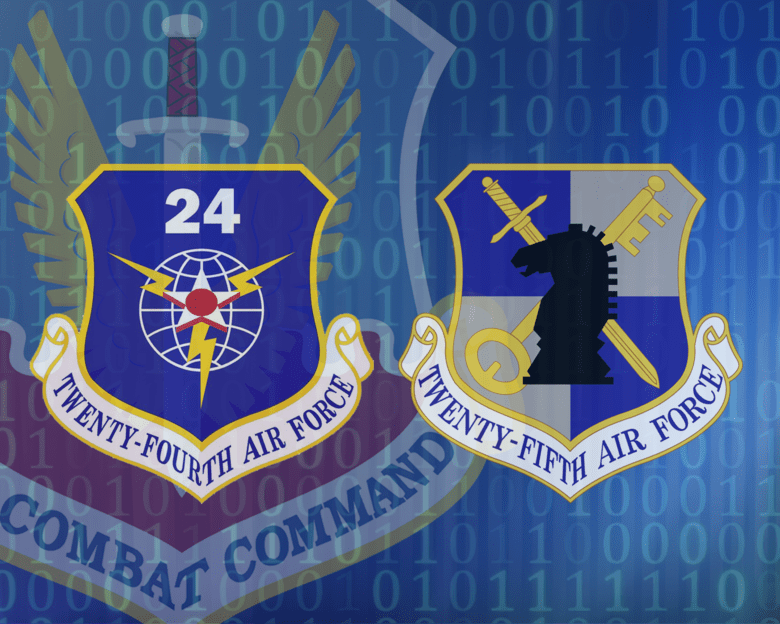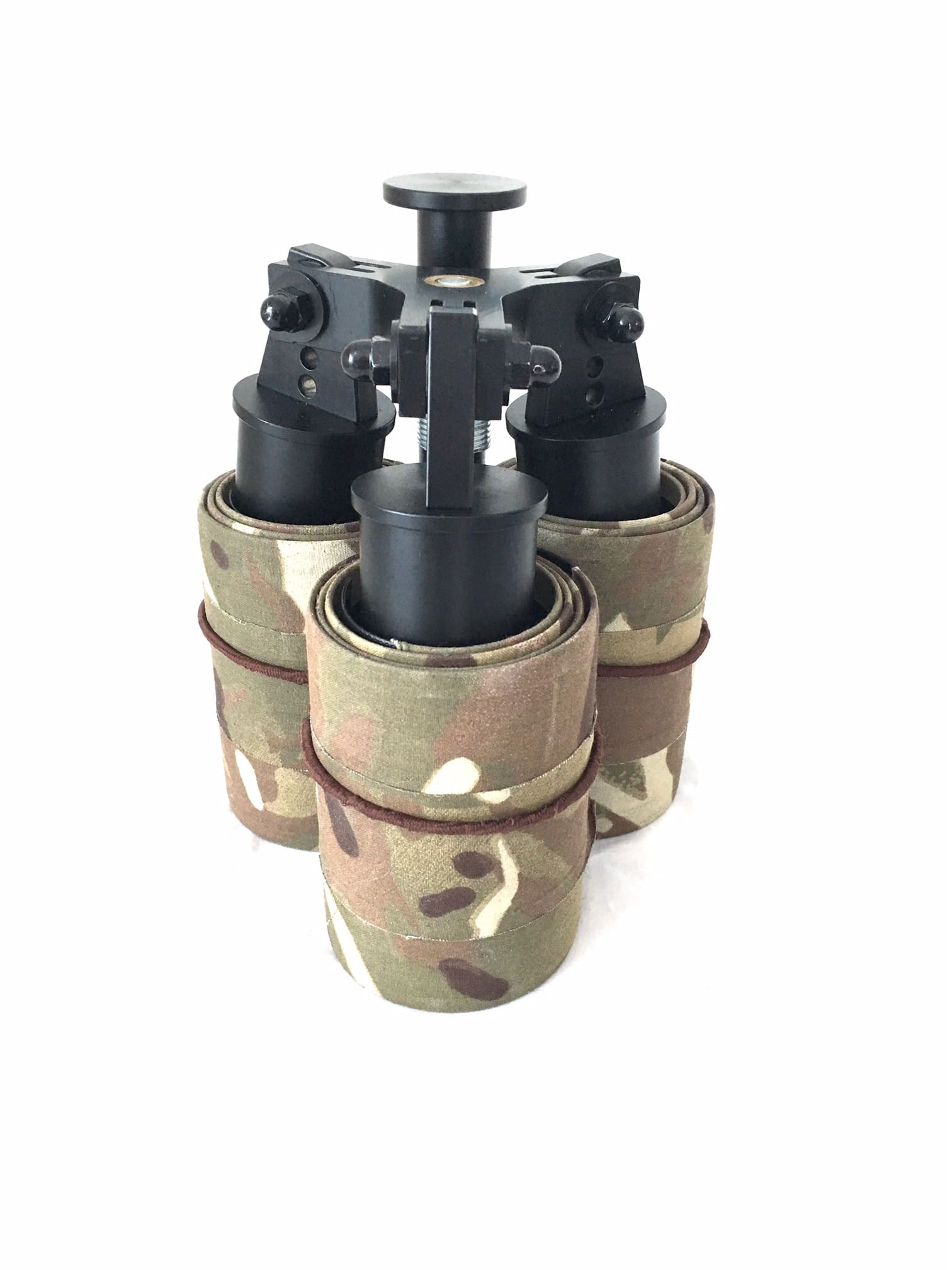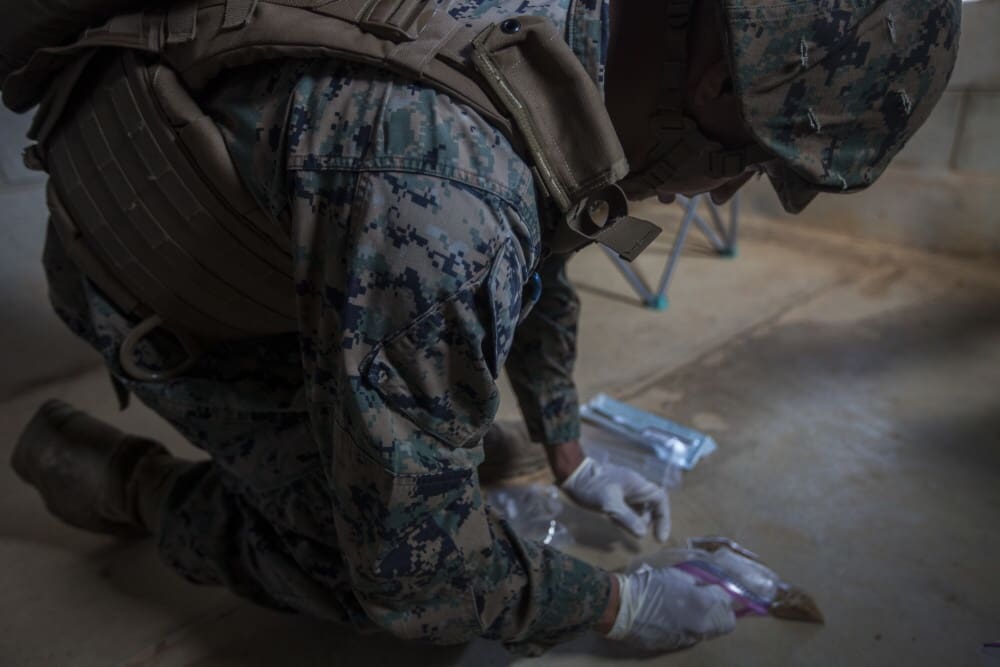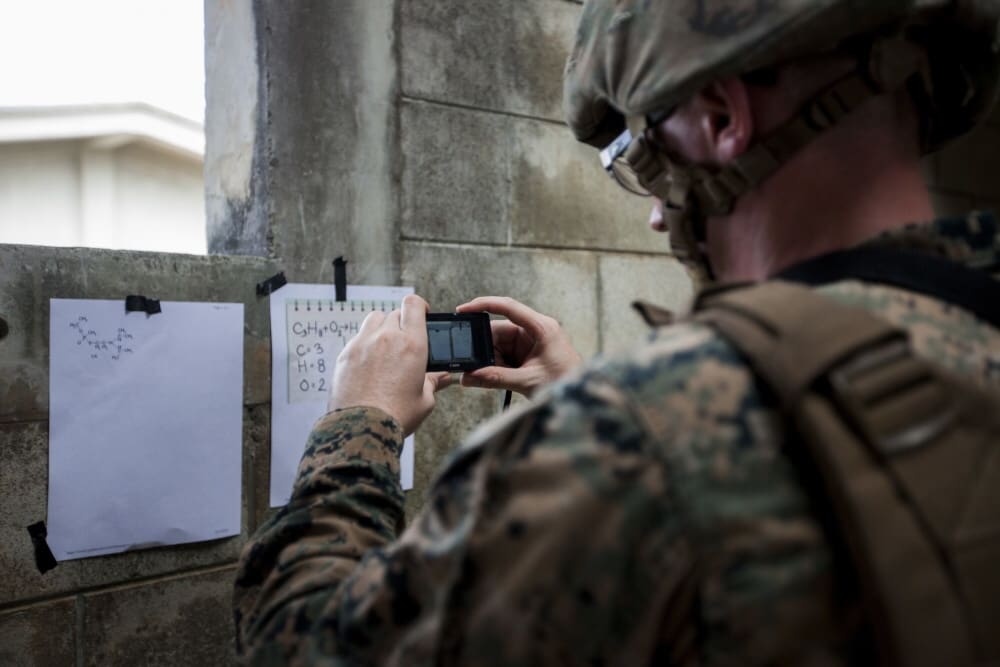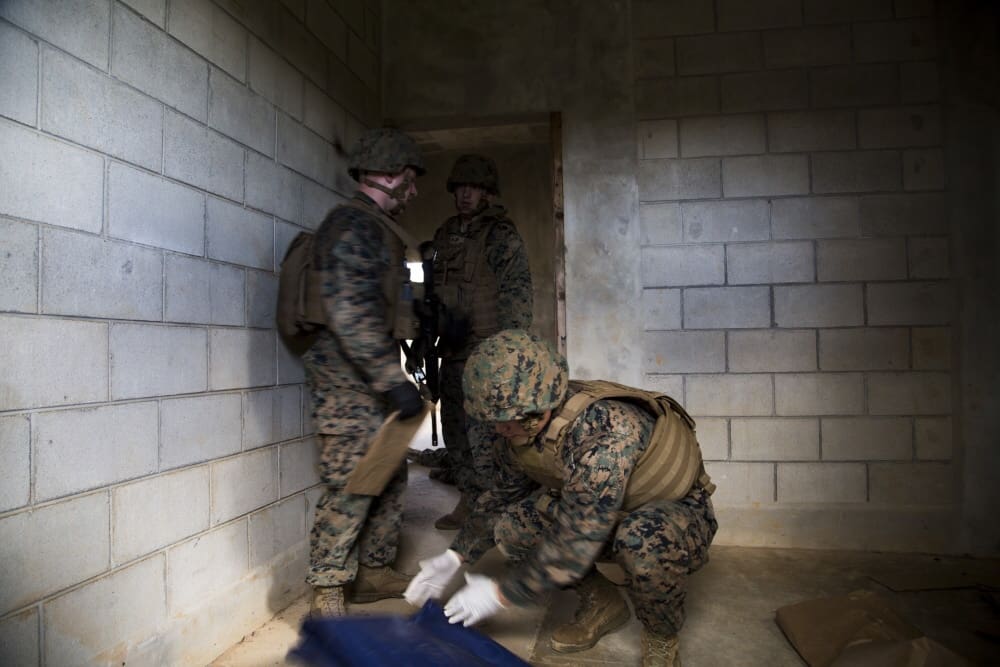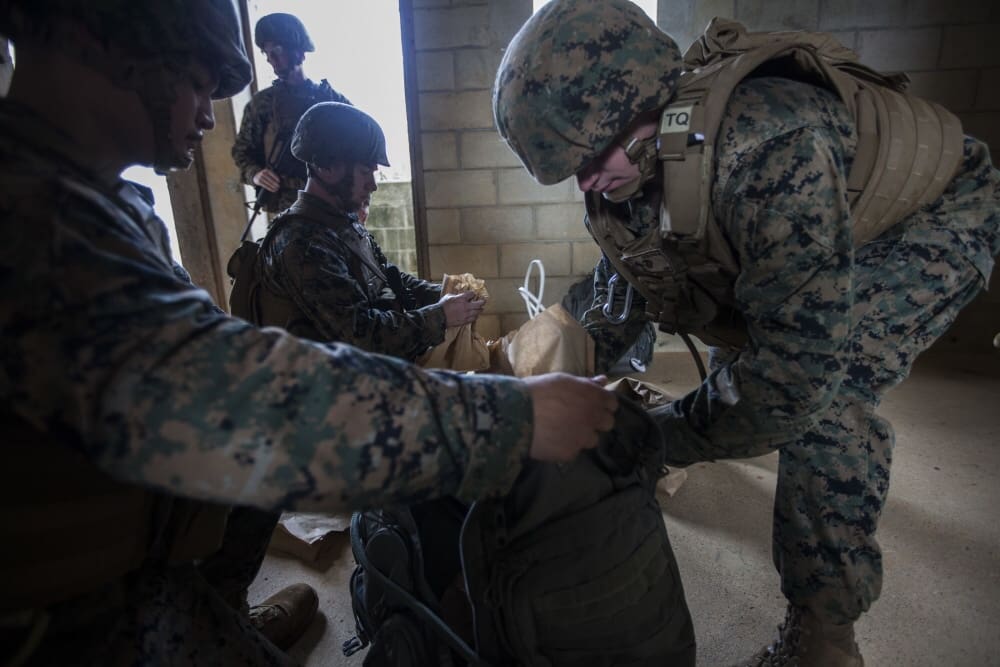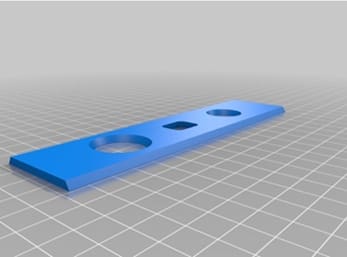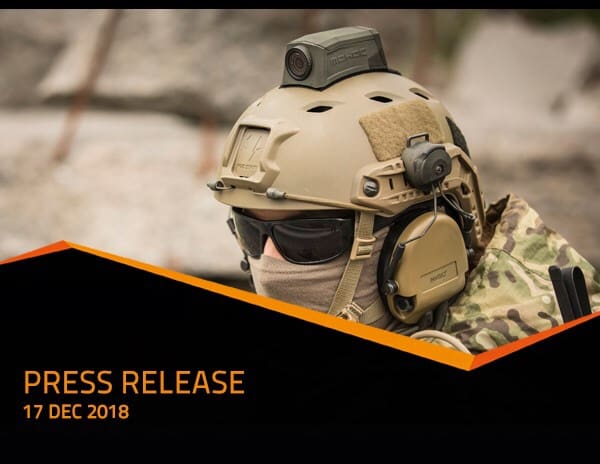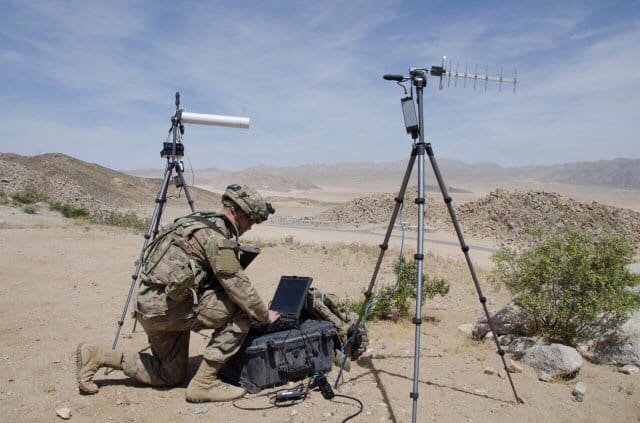The United States Special Operations Command regularly hosts experiments intended to allow industry and academia to interact with operational personnel to identify technologies to enhance SOF capabilities.
This RFI is for TE 9-1:
Date: 5 through 9 November 2018
Themes: Hyper-Enabled Operator and SUAS
Location: Avon Park Air Force Range, FL
Experimentation Focus: The primary intent of this event is to highlight technologies that support USSOCOM’s Hyper-Enabled Operator concept and SUAS.
Technology areas to explore during the event include the following:
1 Information Edge. Ability to process data from wide array of sensor networks, communications channels, or partnered forces into information that is decision quality information.
1.1 Edge computing. Ability to derive useful information at the point of collection through sensor fusion and forwards processing without reliance on high- bandwidth, long haul communications.
1.2 Information visualization. Tailored information visualization that provides the right information, to the right element, at the right time. Includes tailored Heads Up Display (HUD), audio, haptic feedback, and predictive information management to identify and present relevant information during each phase of an operation.
1.3 Data transport with reduced vulnerability to intercept and detection, including optical and non-RF solutions.
1.4 Cross domain data access. Systems to securely run advanced data analytics across data sets on different domains.
2 Next generation Intelligence, Surveillance, Reconnaissance (ISR). Technologies of interest include the ability to:
2.1 Find, fix, finish, exploit and analyze.
2.2 Without owning the air domain.
2.3 Includes the space and/or cyber domains.
2.3.1 Exploit the cyber domain and digital patterns of life on social media to support ISR missions.
2.3.2 Includes high-altitude persistent solutions between traditional air and space.
2.3.3 Exploit the space domain to “fix and finish,” to include on-demand payloads.
2.4 Ability to exchange data with distant sensors to perform Time Difference of Arrival/Frequency Difference of Arrival geolocation.
2.5 Enabled by advanced automation advanced standoff multi-modal
biometrics, real-time sensor fusion, action detection, and “smart systems” that tailor collection focus and fidelity based on requirements.
2.6 Small, low power autonomously emplaced ground sensors capable of meshed operation and long-dwell. Tailorable sensors including electro optical, infrared, Hyper Spectral Imaging (HSI), LIDAR, electronic warfare, and others capable of contributing to biometric analysis from 200-1000 meters.
2.7 Precise time and position correlation to full motion video.
2.8 In modular payloads that permits installation across full range of SUAS in the next section.
2.9 Leveraging Human Language Technologies (HLT) to:
2.9.1 Reduce operator workload.
2.9.2 Reduce communications bandwidth requirements.
2.9.3 Increase probability of detecting specific speakers.
2.9.4 Increase effectiveness of unfamiliar languages.
3 Small Unmanned Aerial Systems.
3.1 Expeditionary ISR. Family of group 1-2 UAS’s, featuring modular
payloads, open architecture, small footprint and minimum logistics support. 4.3.1.1 Line of Sight (LOS) and beyond LOS data link.
3.1.2 Accurately locate targets.
3.1.3 Runway independent launch and recovery.
3.1.4 Two sensor capable, (e.g. high definition full motion video, electro optic/ infrared, electronic warfare, signals intelligence, HSI, LIDAR).
3.1.5 Autonomous operation, including meshed swarm capabilities.
3.1.6 Alternative power through environment (power lines, renewable, etc.).
3.2 Unmanned aerial blood delivery system. System must be vertical takeoff and landing capable (VTOL) or runway independent. USSOCOM will provide a blood surrogate for the event.
3.2.1 Systems should be capable of transporting a minimum of 10 pounds of blood.
3.2.2 The cold chain must be maintained and monitored throughout flight. Blood must be kept at 2-8 degrees Celsius from time of loading, transit, delivery, and unloading. Systems using passive cooling are preferred.
3.2.3 Consideration must be taken to minimize shock to blood payload for any proposed delivery concept.
3.2.4 System must have an operational range of 100 or more miles. Command and control of the aircraft must be maintained at all times.
3.3 Nano VTOL UAS
3.3.1 Extremely small, lightweight Nano VTOL UAS with a takeoff weight of 75 grams or below are desired with the following characteristics. 4.3.3.2 Day and night imaging capability.
3.3.3 Autonomous flight modes.
3.3.4 Indoor flight capability with augmented collision avoidance,
operator in the loop control.
3.4 Micro VTOL UAS
3.4.1 Small, lightweight micro VTOL UAS with a takeoff weight of 750
grams or below are desired with the following characteristics. 4.3.4.2 Day and night imaging capability.
3.4.3 All-weather capability.
3.4.4 Autonomous flight modes.
3.4.5 Autonomous indoor flight capability with collision avoidance. 4.3.4.6 Operation in Global Positioning System (GPS) denied environment and confined spaces (including subterranean).
3.5 Small Fixed Wing UAS
3.5.1 Hand launchable or VTOL fixed wing UAS with no launch or
recovery equipment (bungee, net, etc.) is desired with the following characteristics.
3.5.2 VTOL configurations not to exceed 3.5 kg takeoff weight. 4.3.5.3 All-weather capability.
3.5.4 Day and night imaging capability.
3.5.5 Autonomous flight modes with GPS denied capability. 4.3.5.6 Minimum of 90 minutes endurance at sea level.
4 Managed signature. Technologies of interest are those that help avoid physical detection by acoustic, thermal, radar, visual, optical, electro-magnetic, virtual, and near infrared means.
4.1 Technologies which help manage digital presence within the realm of social media.
4.2 Technologies that assist in providing resistance to biometric tracking.
4.3 Technologies that exploit publicly available information to obscure or deceive to deny information about actions and intentions.
5 Next generation Military Information Support Operations (MISO). Technologies should be operable in limited or denied connectivity environments.
5.1 UAS/drone supported broadcasts.
5.2 Linguist expertise and regional dialects.
5.3 Demographic and culturally adaptive.
5.4 Operable in multiple spectrums, e.g. microwave, IR, etc. 4.5.5 Real time feedback.
5.5.1 Biometrics and patterns of life. 4.5.5.2 Data analysis.
6 Human Performance and Biomedical. The optimization of SOF operator’s ability to perform at very high levels for long durations, process information and make the right decisions in a timely manner, while operating in extreme environments, under high levels of stress will significantly improve their operational effectiveness. SOF requires the capability for far-forward austere casualty care to sustain critically injured personnel until they can reach the next higher level of care. SOF medical personnel place a premium on medical technologies that are small, lightweight, ruggedized, modular, multi-use, and designed for operation in extreme environments. The equipment must be easy to use, require minimum maintenance, and have low power consumption. Drugs and biologics should not require refrigeration or other special handling.
6.1 Enhanced cognitive performance
The deadline for nomination package(s) is 10 September, 2018 at 12:00 Noon Eastern Time.
Future experiments include:
TE 9-2 Sensitive Site Exploitation/Hyper Enabled Operator, 25-29 March, 2019, at the Muscatatuck Urban Training Center, IN.
For full details, visit www.fbo.gov.
